Aga Khan Mausoleum: Aswan’s Serene Hilltop Sanctuary
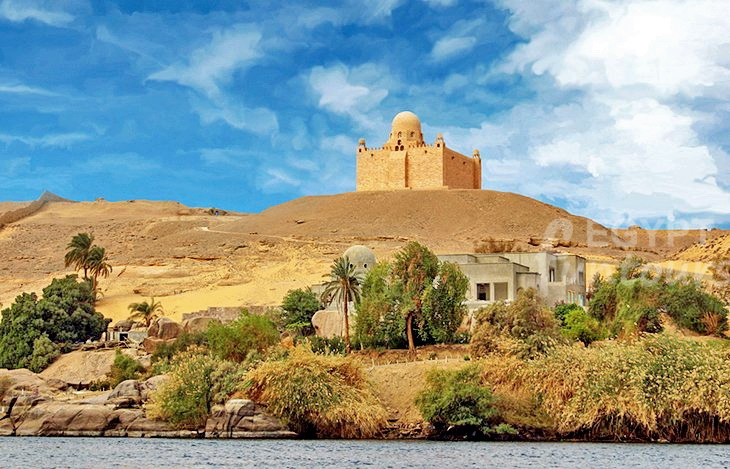
See one of Aswan’s most iconic and romantic landmarks: the Aga Khan Mausoleum. This elegant, white-marble tomb stands on a hill overlooking the Nile, marking the final resting place of Sir Sultan Muhammad Shah Aga Khan III. While the mausoleum itself is closed to the public, it’s famous for the “daily red rose” left by his wife as a symbol of eternal love. The best way to see this landmark is from the river during a sunset felucca sail, where you can capture its stunning beauty against the desert hills.
Aswan High Dam: The Colossal Dam That Changed Egypt Forever

Visit the Aswan High Dam, a colossal 20th-century marvel that forever tamed the Nile River. Stand on top of this massive structure to see the stunning, two-sided view: the vast, man-made Lake Nasser on one side and the narrow Nile on the other. This essential stop explains the creation of Lake Nasser and the incredible UNESCO rescue of Philae Temple and Abu Simbel.
The Nubian Museum in Aswan: A Journey Through a Lost Land

A must-see in Aswan, the Nubian Museum is a beautiful, modern museum that tells the 6,000-year-old story of a land lost beneath Lake Nasser. Built to save Nubia’s heritage from the Aswan High Dam, it’s an “ark” of priceless treasures. Explore exhibits on the powerful Kingdom of Kush (home of the “Black Pharaohs”), see a colossal statue of Ramesses II, and discover beautiful Christian-era frescoes, all housed in a stunning building that mimics a traditional Nubian village.
Aswan’s Tombs of the Nobles: The Ultimate View & Ancient Stories
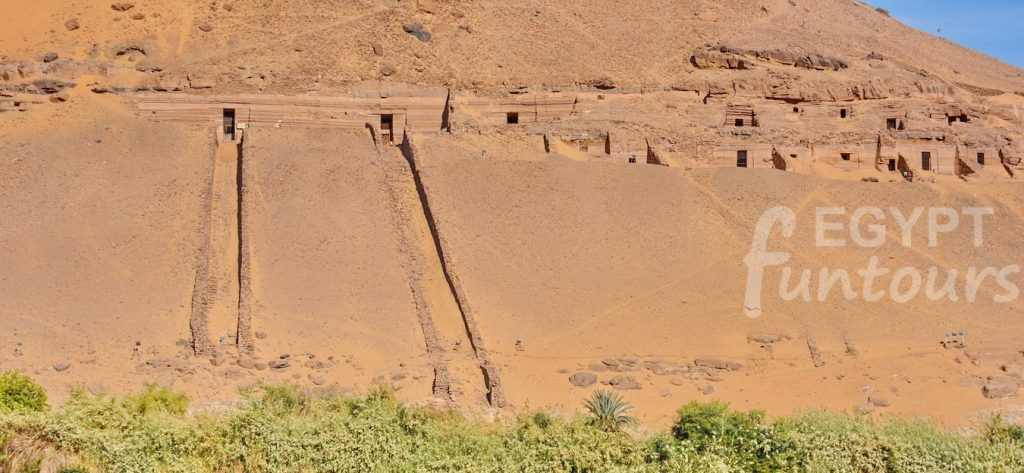
Discover Aswan’s best-kept secret: the Tombs of the Nobles. Carved high into the cliffs of the West Bank, these tombs tell the personal stories of powerful governors and explorers from 4,000 years ago. The adventure begins with a felucca sail across the Nile, followed by a climb up a steep staircase. Your reward is exploring tombs filled with autobiographies and daily life scenes, and enjoying what is, without question, the most breathtaking panoramic view of Aswan and the Nile.
St. Simeon’s Monastery: Aswan’s Desert Fortress of Faith

Get off the beaten path with a true adventure to the Monastery of St. Simeon. This massive 7th-century desert fortress is one of Aswan’s best-kept secrets. The journey itself is an experience: you’ll cross the Nile by boat, then take a memorable camel ride up a sandy path to the monastery’s gates. Once inside, you can explore the huge fortified walls, the ancient Coptic church with its faint frescoes, and the monks’ living quarters. The panoramic view of the desert and the Nile from the top is absolutely breathtaking.
Aswan Botanical Garden: A Peaceful Paradise on Kitchener’s Island

Escape to the Aswan Botanical Garden, a floating, green paradise on the historic Kitchener’s Island. This entire island is a lush, peaceful oasis filled with rare and exotic plants, including a world-class collection of palm trees from five continents. Once the private garden of Lord Kitchener, it’s now the perfect retreat from the city. Walk its shaded, chessboard-like paths, listen to the hundreds of birds, and enjoy a tranquil break. The best way to visit is on a traditional felucca sail.
Elephantine Island: Aswan’s Living Jewel on the Nile

Discover Elephantine Island, the historic heart of Aswan and its oldest inhabited area. This fascinating island is a “two-in-one” experience: one half is a vast archaeological park with the 4,000-year-old Temple of Khnum and a famous Nilometer, which priests used to measure the Nile. The other half is a living, car-free community, home to two colorful Nubian villages. Wander the sandy lanes, see the brightly painted houses, and sip tea at a local cafe for an authentic, peaceful escape.
The King Tut Story: Howard Carter’s House & The Tomb Replica
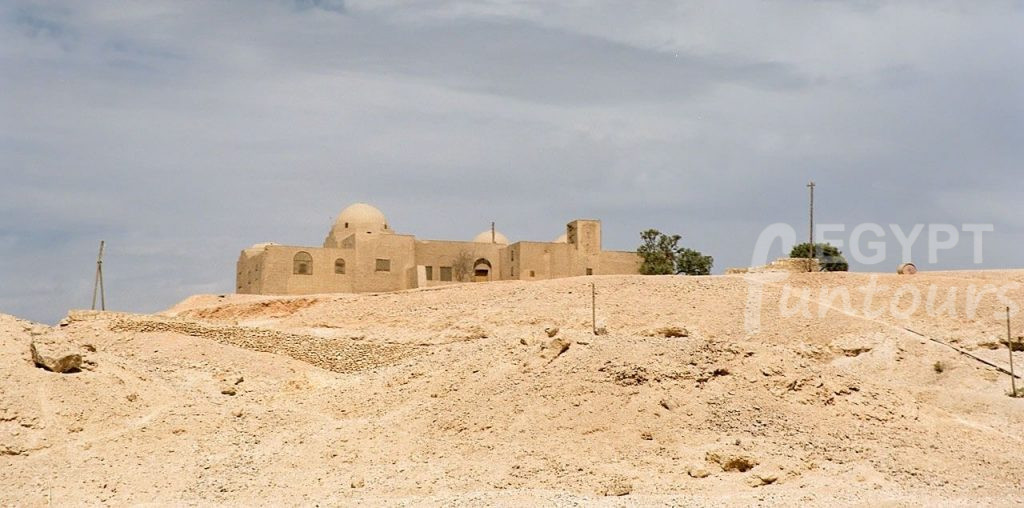
Go “behind-the-scenes” of the King Tut discovery! Visit Howard Carter’s House in Luxor, a 1920s time capsule where the explorer lived. Then, see the stunning Tomb of Tutankhamun Replica—an exact copy of the tomb’s vibrant art, without the glass or the crowds. It’s the perfect, atmospheric add-on to your Valley of the Kings tour.
The Mortuary Temple of Seti I: Luxor’s Hidden Gem on the West Bank

Discover Luxor’s best-kept secret: the Mortuary Temple of Seti I in Qurna. This beautiful, quiet temple is a “hidden gem” that most tourists miss. See the stunning, delicate raised reliefs of Seti I right next to the bold, sunk reliefs of his son, Ramesses II. It’s the perfect, peaceful stop on your West Bank tour, telling a unique “father and son” story in stone.
Deir El-Medina: The Secret Village of the Valley of the Kings Artists
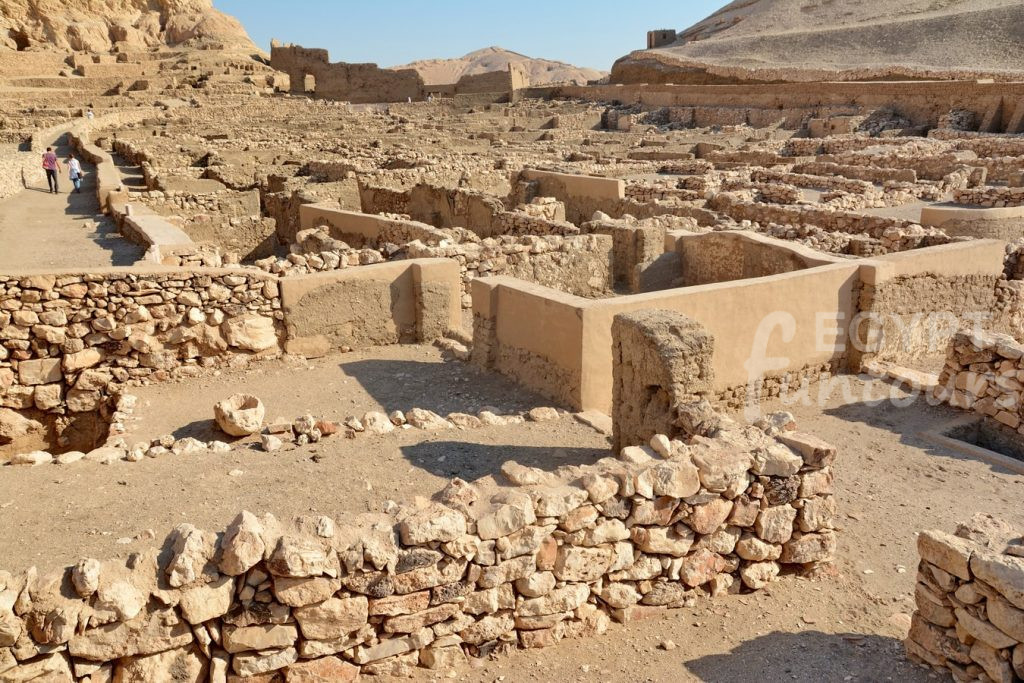
Discover Deir El-Medina, Luxor’s ultimate “hidden gem.” This is the secret 3,000-year-old village of the artists who built the Valley of the Kings. Explore their stunningly vibrant, colorful tombs, which are filled with personal art showing daily life, not just royal rituals. Then, walk the “main street” of the actual village ruins. It’s a unique, “behind-the-scenes” look at the real people of ancient Egypt.
Colossi of Memnon: The Giant Guardians of Luxor’s West Bank
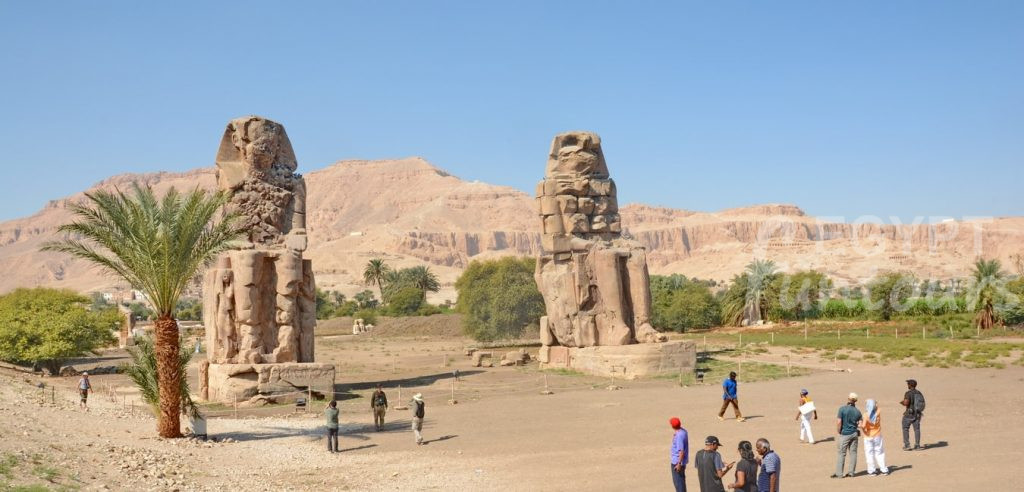
Make your first stop on the Luxor West Bank at the Colossi of Memnon. These two 3,400-year-old, 64-foot-high statues of Pharaoh Amenhotep III are the giant guardians of the “Land of the Dead.” Learn the famous legend of the “singing statue” that drew Romans from all over the empire, and take the perfect photo before heading to the Valley of the Kings.
Tombs of the Nobles: Luxor’s Hidden “Time Capsule” of Daily Life
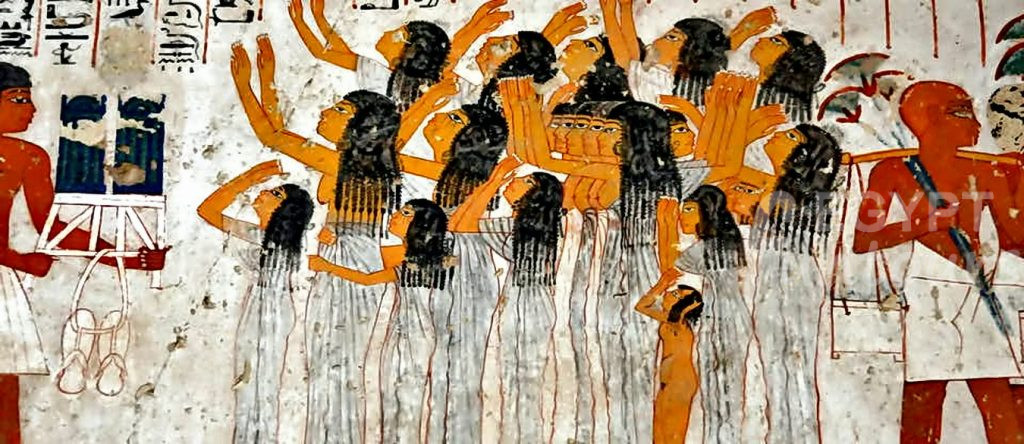
Discover Luxor’s true “hidden gem” at the Tombs of the Nobles. These are not the tombs of pharaohs, but of the powerful viziers, governors, and officials who ran the ancient empire. Unlike the royal tombs, these walls are a 3,000-year-old “time capsule” of daily life. See the most vibrant and best-preserved paintings in Luxor, depicting joyful banquet scenes, farming, hunting, and music. Don’t miss the famous “Tomb of the Vines” (Sennefer), with its stunning, painted grape-arbor ceiling. It’s a quiet, personal, and artistic experience you’ll never forget.
